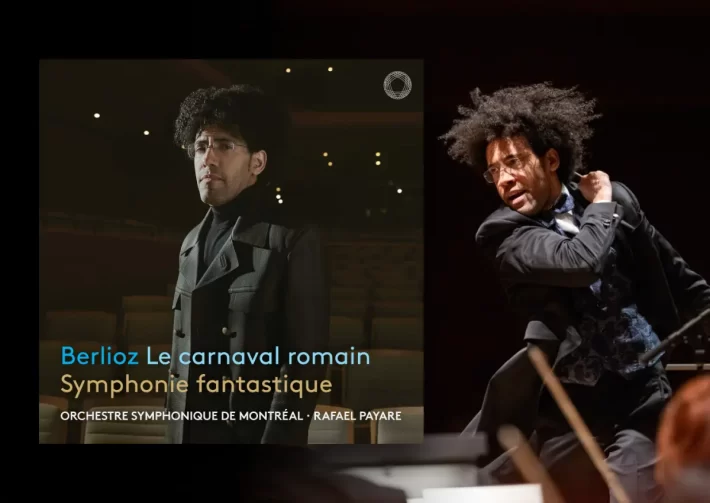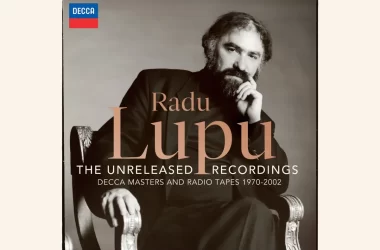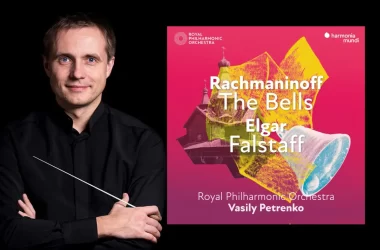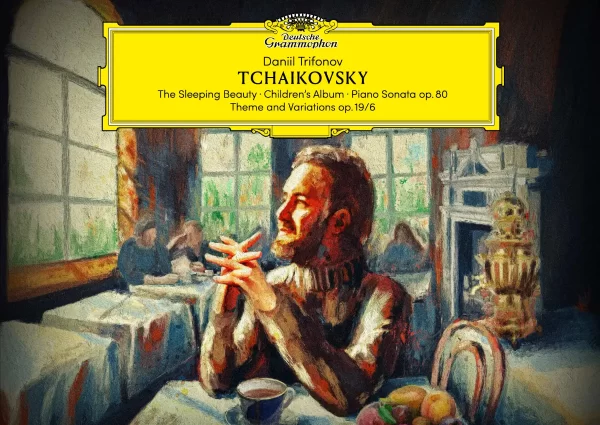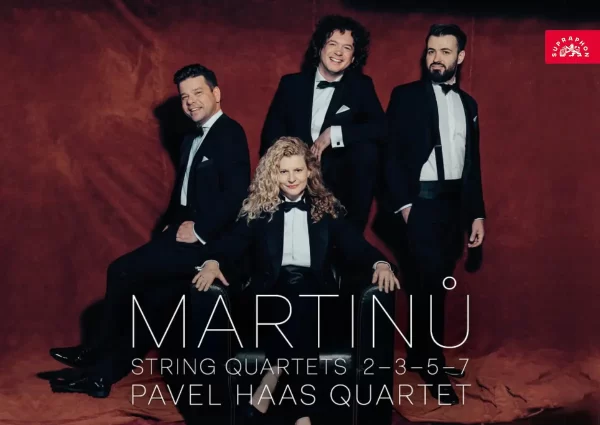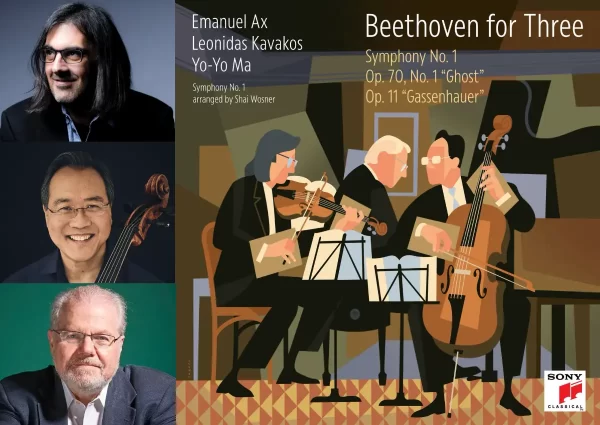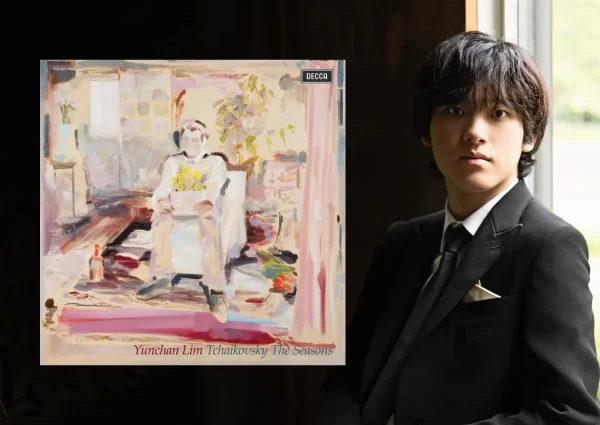Having made three recordings of late-Romantic German repertoire, Montreal and Payare now turns their attention to French repertoire, albeit an already overly crowded field. Pentatone already has a very fine performance in its catalogue (Pittsburgh Symphony/Janowski) and one can readily find its SACD of Colin Davis’s famous Royal Concertgebouw performance in the used CD market.
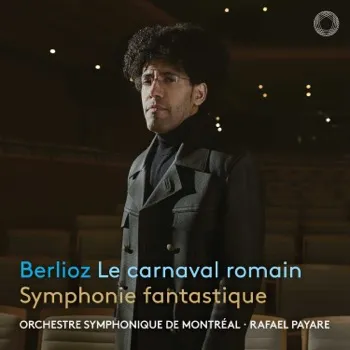
“Le Carnaval Romain” is brilliantly played, Payare and the Pentatone engineers rendering the inner voices of the score with total clarity. Yet, at 8’55” the reading is rather slow; both Previn (London Symphony Orchestra/Warner Classics) and Munch (Boston Symphony Orchestra/RCA) come in right around 8 minutes. Slightly distant engineering gives Montreal a warmly upholstered sound, but I much prefer RCA’s recording (especially in its SACD remastering) where the playing leaps out of the speakers. Moreover, both Munch and Previn are more dramatically compelling. Those who demand super audio sound should seek out Andrew Davis’s more characterful Bergen Philharmonic performance (Chandos).
Reviewing Decca’s recent recording with Klaus Mäkelä and Orchestre de Paris, I contended that Berlioz intended Symphonie Fantastique to be highly programmatic and emotionally overwrought. Therefore, I am drawn to performances that see the music similarly, such as Munch and Bernstein’s 1967 recording with Orchestre National de France (Warner Classics). But I do appreciate a more classical conception, such as the Colin Davis mentioned above or Charles Dutoit’s recording with this same Montreal orchestra. Payare’s interpretation of the overture led me to expect an approach like Davis and Dutoit.
Playing in the opening movement is uniformly impressive (I love the rock-solid power of the lower strings), but Payare is again emotionally reticent and slow (15’12” compared to Bernstein’s 13’39” and Munch 13’23”). The reading is at its best in gentler, subtler moments (track 2, 3’50” for example). But when the idée fixe first appears, I wanted the emotional temperature to rise more so that we sense the desperate obsession of new love. And I missed a greater range of articulation versus the constant, rounded attacks used exclusively here.
“Un bal” is better, lithe and spirited; Payare includes the cornet part and highlights this new orchestral color perfectly. Yet towards the end, after hearing the idée fixe again, a more severe accelerando would better communicate the protagonist’s despair as he realizes his feelings are unrequited, which is certainly felt in readings by Munch, Bernstein and Tilson Thomas in San Francisco (Sony).
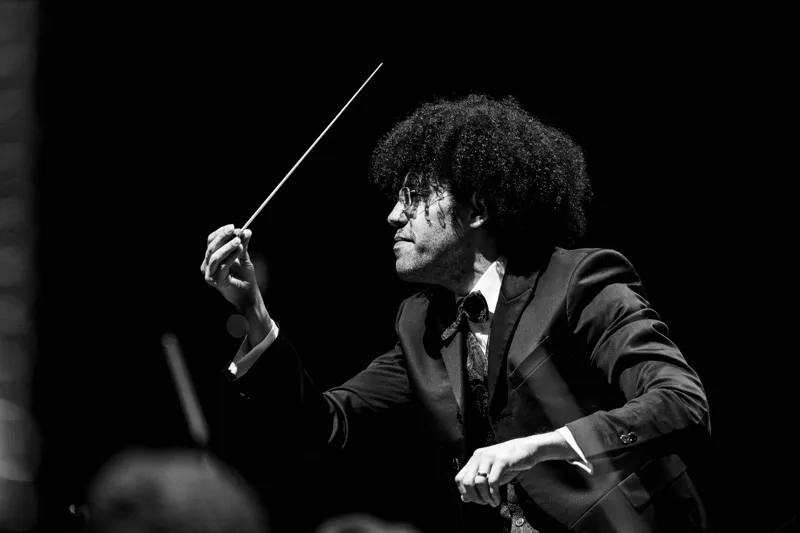
Rafael Payare (images: ©️ Antoine Saito)
But something changes in the third movement, and there is more palpable effort to portray the story. The opening wind dialogue is forlorn, but peaceful, and delicate playing at 1’50,” the violins sound silvery and perfectly balanced with the flute, suggest the protagonist has found peace and stability away from the city. This makes the return of the idée fixe all the more painful, and the reading really captures that. The distant storm, quiet yet unsettling, presages the program’s dark turn. The “March to the Scaffold” misses the last ounce of brittle sharpness Tilson Thomas conjures (his San Francisco bassoons are snarkier than their Montreal counterparts). Tempo and weight of sound are just right, though again I wanted more razor-sharp articulation.
The opening of “Witch’s Sabbath” lacks mystery, but the wind glissandos that follow are suitably haunting. The E-flat clarinet is characterful, without equaling the bitter, maniacal rendering heard in San Francisco. In a reading that has been shaped so naturally, the significant tempo increase at 2’16” is mannered and unconvincing, and I wanted more raspiness in the intonation of the ‘Dies irae’ theme (Riccardo Muti’s Philadelphia/Warner Classics recording is the best example of modern brass replicating the Serpent’s uniquely spectral color). But the fugue that follows has both drive and menace, and the performance builds through its whirlwind coda to a thrilling conclusion.
Pentatone’s recording is excellent, though some may find it overly resonant. The booklet includes Payare’s introductory note, a thorough discussion of the music by Ronald Vermeulen, and a listing of the players. Tilson Thomas’s interpretive balance of tone painting and hyper-emotionalism with symphonic classicism is a rather unique success, but this new release is in the same ballpark, and certainly confirms that is an artistic partnership well worth hearing.
Recommended Comparisons
Beecham | Abbado | Bernstein | Munch | Davis

Album Details |
|
|---|---|
| Album name | Le carnaval romain, Symphonie fantastique |
| Label | Pentatone |
| Catalogue No. | PTC5187413 |
| Artists | Orchestre Symphonique de Montréal, Rafael Payare |
Included with an Apple Music subscription:
Available on Presto Music
Latest Classical Music Posts

